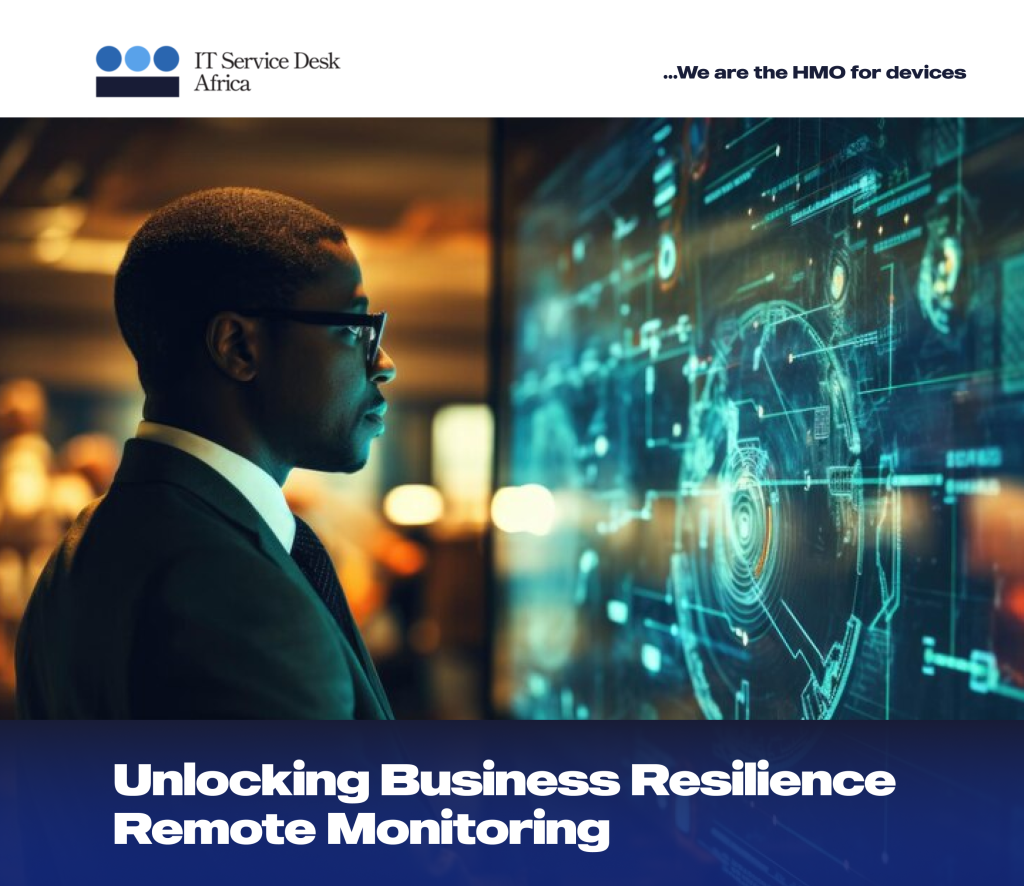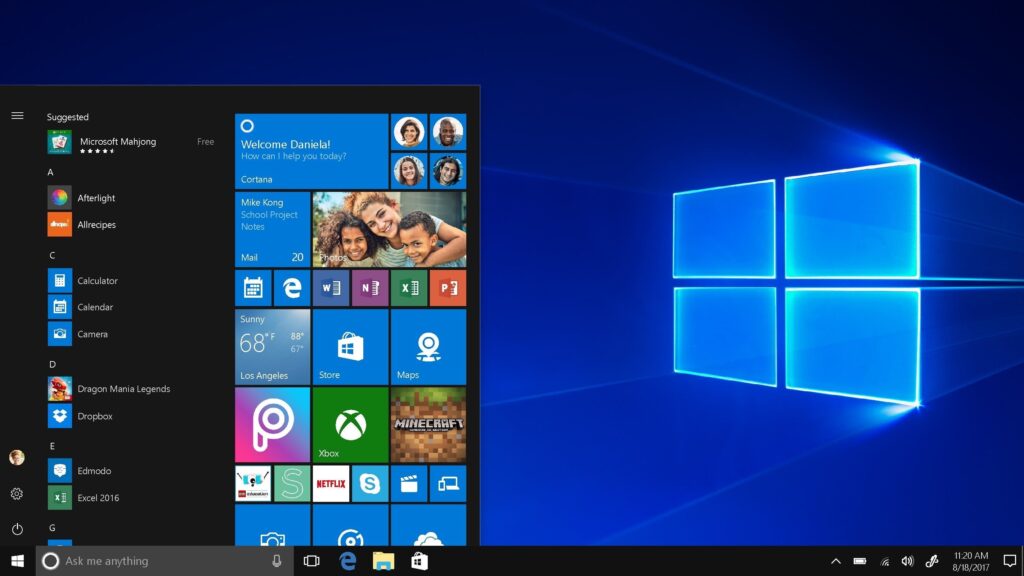Written by: Lily Chiamaka Ugochukwu and Edited by: Joshua Babatope
Introduction:
Step into the future where digital connectivity reigns supreme! Remote monitoring and troubleshooting once considered mystical, have evolved into essential tools for businesses and individuals. Join us on this exploration of the evolution, benefits, and challenges of these game-changing technologies.
What is Remote Monitoring?
Remote monitoring, a product of technological advancement, allows real-time observation and analysis of systems from anywhere. From early telemetry systems to today’s internet-driven solutions, it has liberated businesses from geographical constraints.
Components:
- Data Collection and Databases: Software-driven data collection and centralized databases.
- Communication Infrastructure: Robust channels like the internet and satellites for seamless data transmission.
- Remote Monitoring Platforms: Cloud-based platforms with AI for predictive analysis.
Benefits of Remote Monitoring:
- Cost-Efficiency: Save on-site visit costs and minimize expenses with predictive maintenance.
- Real-time Insights: Quick decision-making and proactive measures with immediate access to data.
- Global Accessibility: Oversight on a global scale for multinational corporations and geographically dispersed entities.
You might also want to read this: Optimizing Tech Brilliance: Proactive Care Tips for Business Gadgets
What is Remote Troubleshooting?
Remote troubleshooting, redefining technical support, breaking down distance barriers using tools like Amazon Workspaces, ZohoAssists, and ITSA Device Health Management System. It’s all about diagnosing and resolving issues without being on-site.
Components:
- Diagnosis and Analysis: Remote access and advanced diagnostic tools for issue identification.
- Remote Access Solutions: Secure technologies like Virtual Private Networks (VPNs) and Remote Desktop Protocols (RDPs) for troubleshooting without physical presence.
- Collaborative Solutions: Video conferencing and screen sharing for effective communication.
Challenges and Concerns:
- Security Risks: Addressed through robust encryption and authentication measures.
- Network Reliability: Overcome with redundancy measures and backup systems.
Skill Set Requirements: A skilled workforce with the necessary expertise is crucial. Try the ITSA team.
Future Trends:
- Integration of AI and Machine Learning: AI algorithms for predictive analysis and continuous evolution of troubleshooting capabilities.
- Internet of Things (IoT) Integration: Expanding the scope by connecting and monitoring a myriad of devices.
- 5G Impact: Global embrace of 5G networks improving connectivity and data transfer speeds.
You might also want to read this: Elevating IT Management: Unleashing the Power of Managed Services for Enhanced Security and Financial Efficiency
Conclusion:
As we embrace technological advancements, remote monitoring and troubleshooting have become indispensable. With advanced technologies, global connectivity, and real-time insights, they are paving the way for a new era of efficiency and reliability.
Dive into the future of business resilience! Subscribe to ITSA Device Health Management System and enjoy the benefits of Remote Monitoring and Troubleshooting of your devices.




